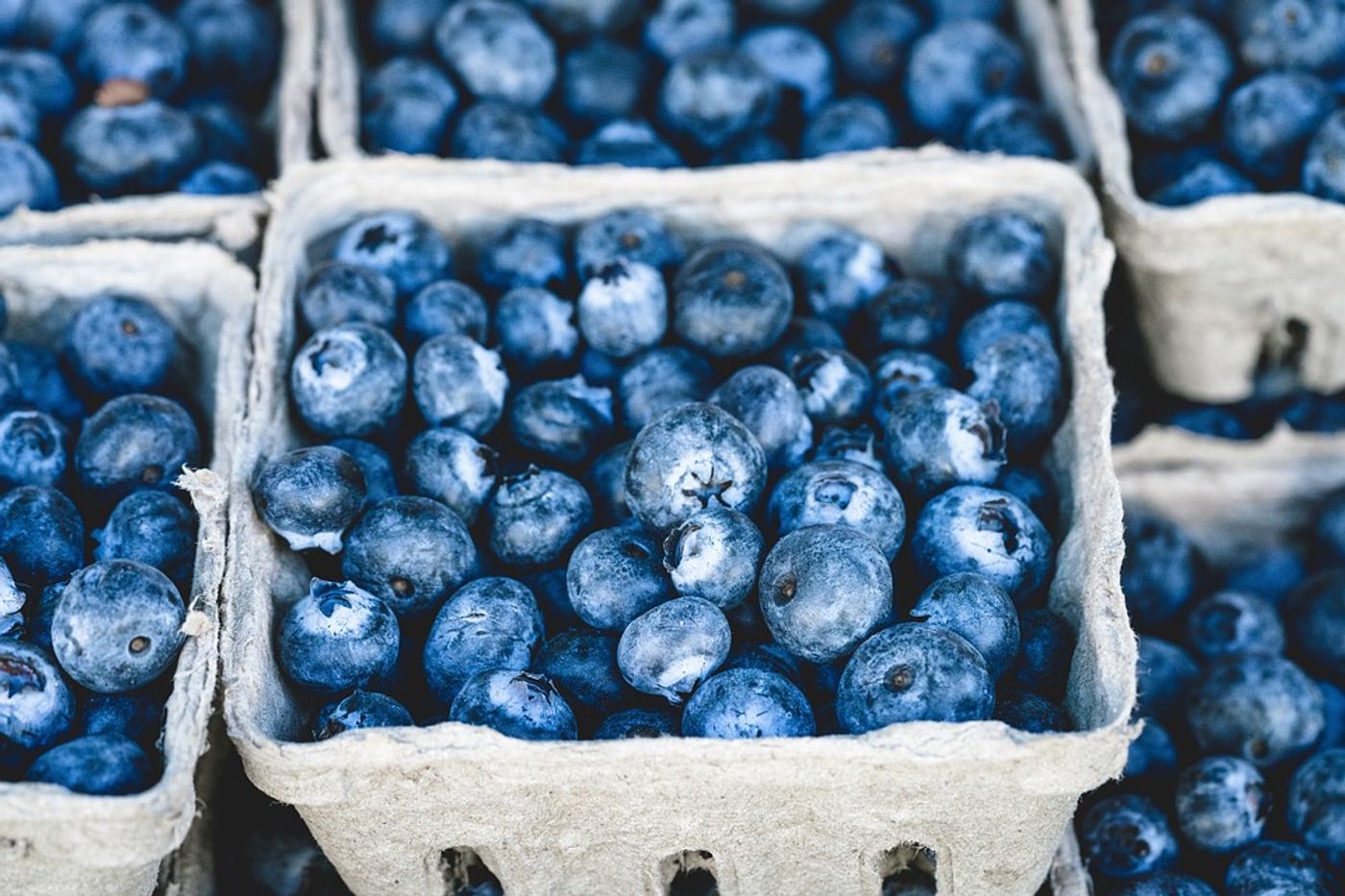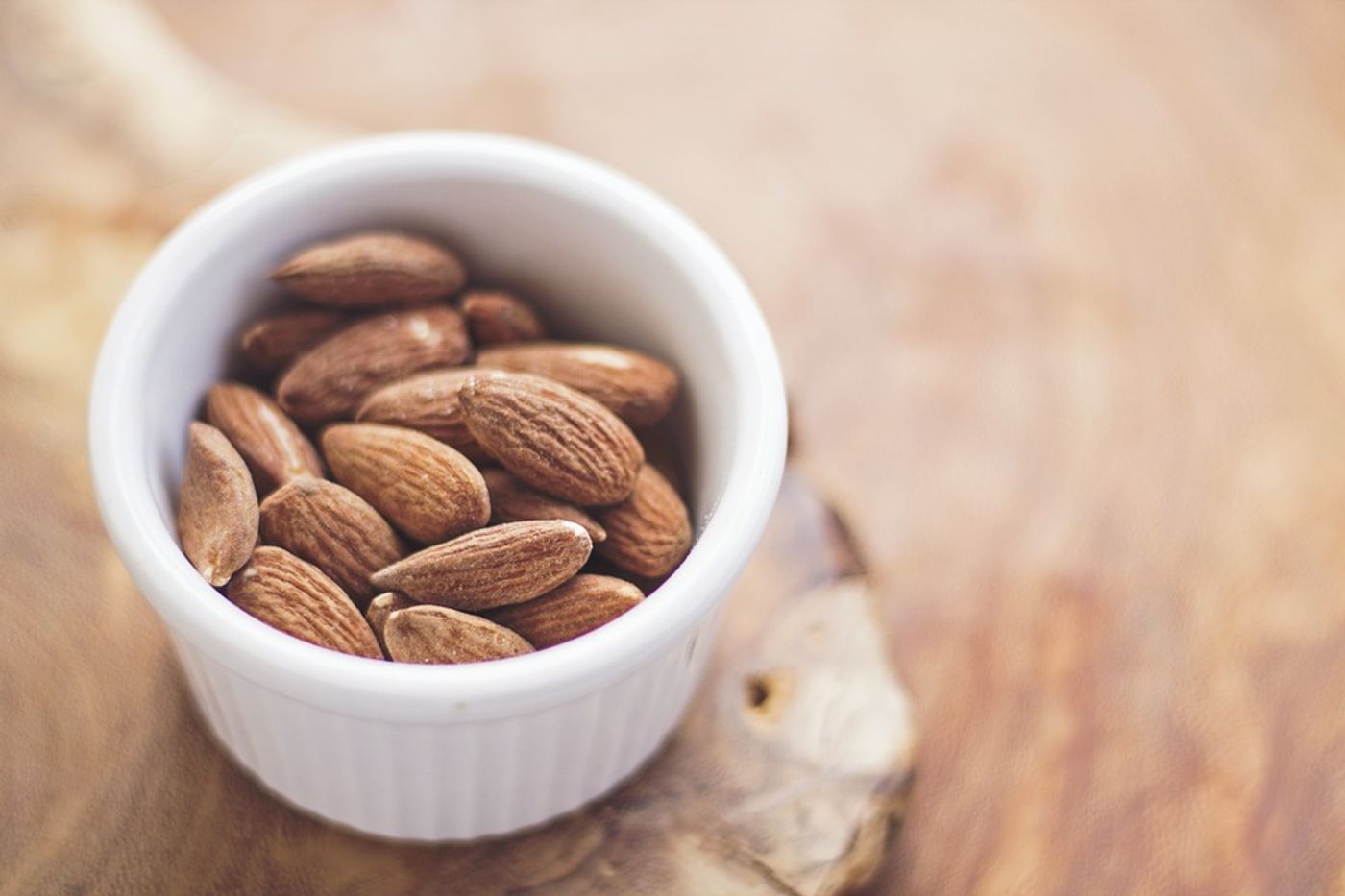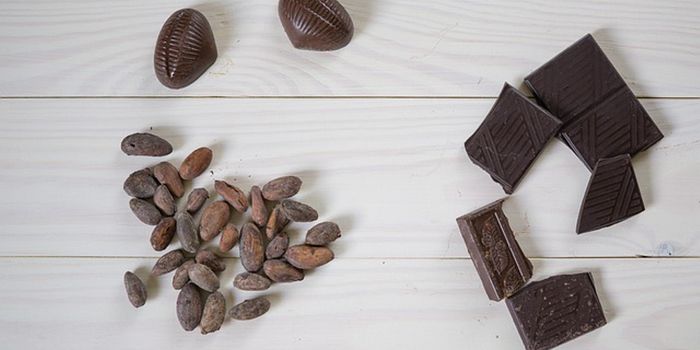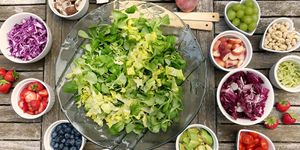Heart Healthy Eating At The Office
If you are like most people, eating lunch or dinner at work is a given. Add snacking and coffee breaks to the mix and you’ve got a large number of opportunities to make healthy choices each week. Making a healthy decision is important for the heart because research shows a poor diet is related to heart disease, stroke, and diabetes.
Eating healthier though requires more than just wishful thinking. You need a plan.
“I typically recommend creating a plan for the following day before heading off to bed" says Kristen Smith, a dietitian, and spokesperson for the Academy of Nutrition and Dietetics. “Think about what your schedule entails for the upcoming day and schedule your meals and snacks accordingly.”
Healthy eating can start before your workday if you plan and prepare breakfast. Studies show that getting a nutritious breakfast within a couple of hours of waking up can help control hunger later in the day and give your a metabolism boost.
You can kickstart healthy workplace eating by bringing snacks from home. This can help you avoid the ever-temping vending machine snacks which are generally more expensive and have less nutritional value than snacks from home. Keeping extra unsalted nuts, low-fat cheese, yogurt, whole-grain crackers, and raw fruits and veggies around the office can help you avoid less nutritious alternatives.
Don’t stop at snacks, pack your entire lunch. Bringing lunch helps to eliminate some of the stress and temptation of making healthy choices when you’re hungry. Consider taking time to eat your lunch away from your desk. Eating while distracted by work can lead to lower meal satisfaction and accidental overeating.
A balanced lunch will have a lean protein, fruits or vegetables, and a whole grain item. If you choose to pack a salad, opt for nutrient-dense, dark, leafy greens and top them with vegetables of other colors. Top your vegetable base with chicken or fish to help keep you feeling full or for a meatless meal, add beans or tofu. The protein in these foods will help keep you from feeling hungry again longer.
It’s also important to be aware of what sneaky additions to a meal can ruin otherwise healthy choices. For example, dressing adds a lot of salt and fat to salads. The worst culprits have as much as ¼ the recommended daily intake for sodium in just two tablespoons. Others have lots of added sugar which add empty calories to meals.
It’s not only dressings and sauces but often beverages that sideline nutrition goals. Many people don’t realize their morning coffee has as many as 430 calories for a small white chocolate mocha. These drinks often come standard with whipped cream and sugar toppings. Some drinks even surpass the daily recommended sugar consumption which is 25g for women and 27.5g for men. For example, a single, small, white chocolate mocha made with the standard recipe has 41g of sugar in just one beverage.
If you need a morning pick-me-up, consider a caffeinated tea or a standard drip coffee over a latte or other milk-based drink and limit adding sugars or heavy creams to those beverages.
The above video gives some insight into how weekly meal prep is done.
Sources: American Heart Association











